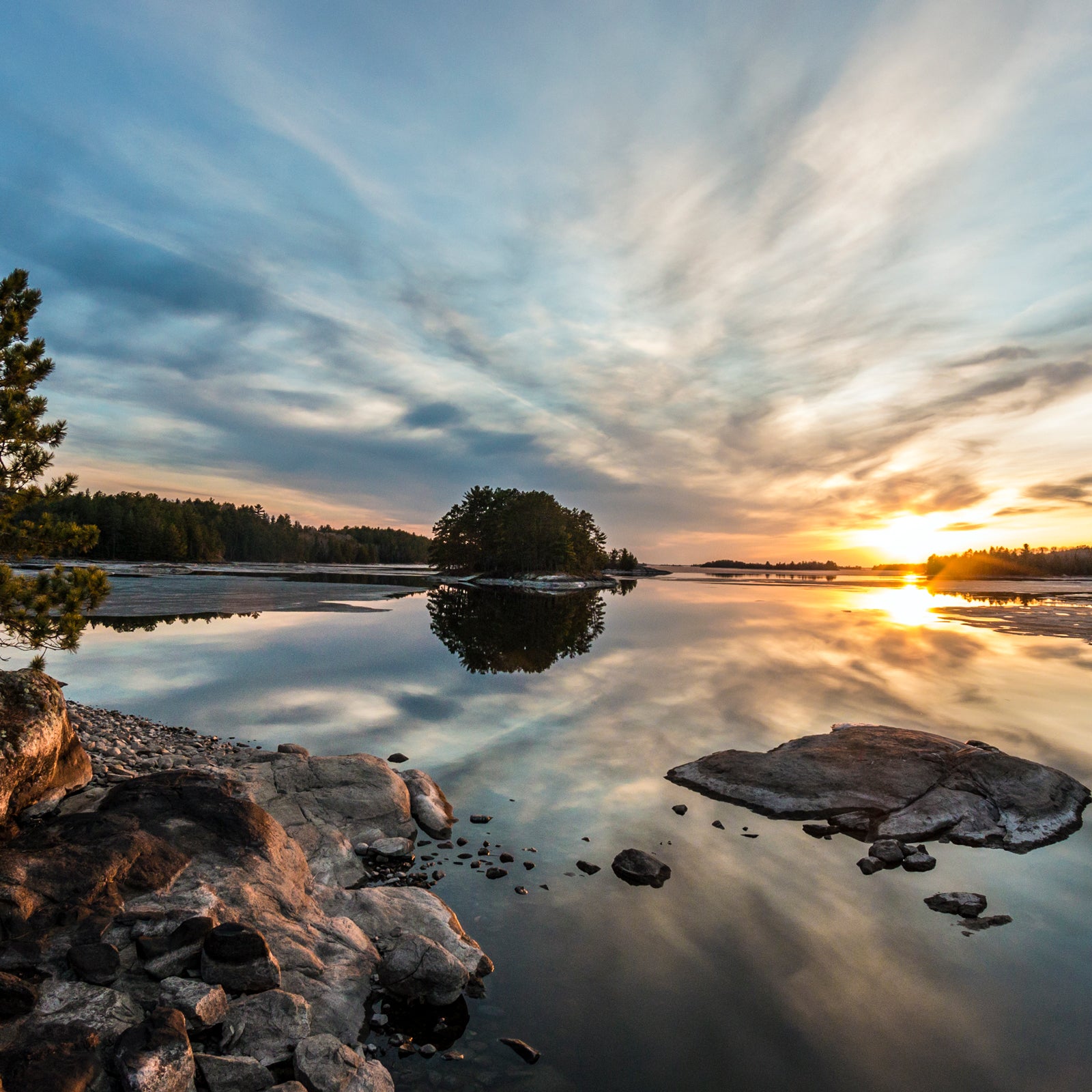There’s an art to visiting our national parks and preserves at the right time of year. You don’t want to screw it up by, say, arriving at the Grand Canyon’s South Rim in summer, amid the scorching Arizona heat and throngs of tourists, or trying to take a hike in Colorado’s Rocky Mountain National Park in March without proper snow gear. If you show up at the right place at the right time, you can spot wildflowers blooming or fall foliage at its peak, enjoy ideal temperatures, and beat the crowds. Here’s what we recommend.
´ł˛ą˛ÔłÜ˛ą°ů˛âĚý
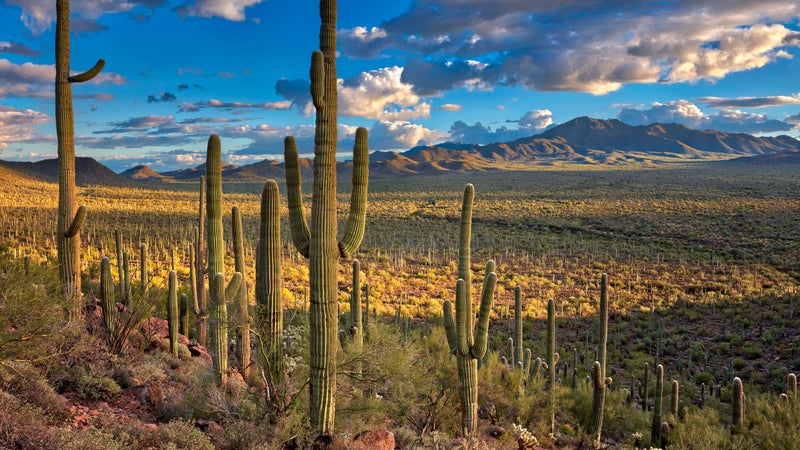
At Arizona’s , you’ll come to see the cacti—specifically the country’s largest, the saguaro, which grows as tall as a tree. It blooms between late April and June, but it gets hot in the Sonoran Desert then, so go in January to encounter fewer people and bask in the 65-degree daytime temperatures. The park has 150 miles of hiking trails and a few stellar backcountry campsites.
ąó±đ˛ú°ůłÜ˛ą°ů˛âĚý
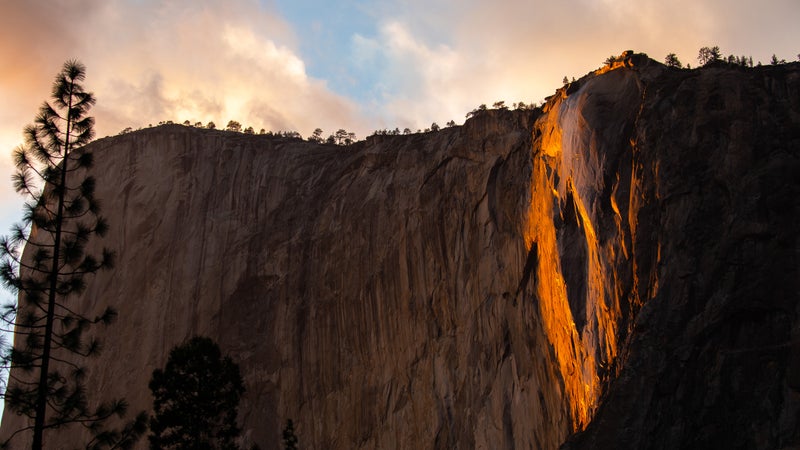
is stunning year-round, but this California landmark is significantly less crowded in the colder months. In mid- to late February—if you’re lucky and the snowpack delivers—you’ll catch , which flows over the eastern flank of El Capitan only during heavy winters. Lit by the sunset, it looks like it’s on fire.
March
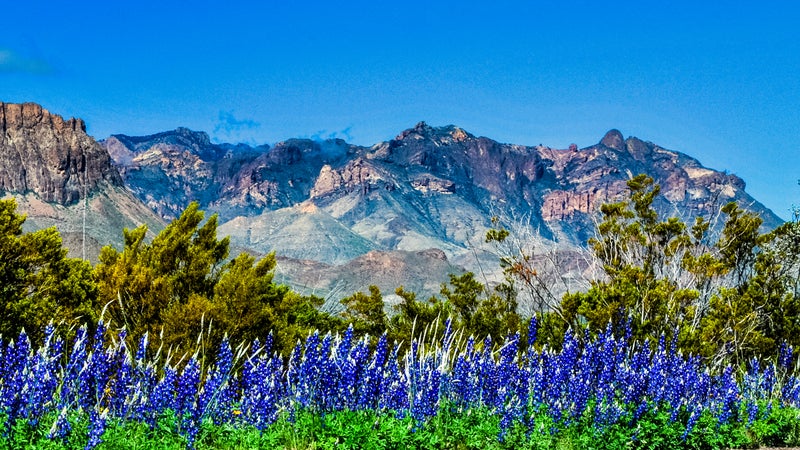
The best time of year and place to catch a field full of blooming Texas bluebonnets? Mid-March to early April in Big Bend National Park, where these tall purple lupines can be spotted trailside or along the park’s more primitive River Road.
´ˇ±č°ůľ±±ôĚý
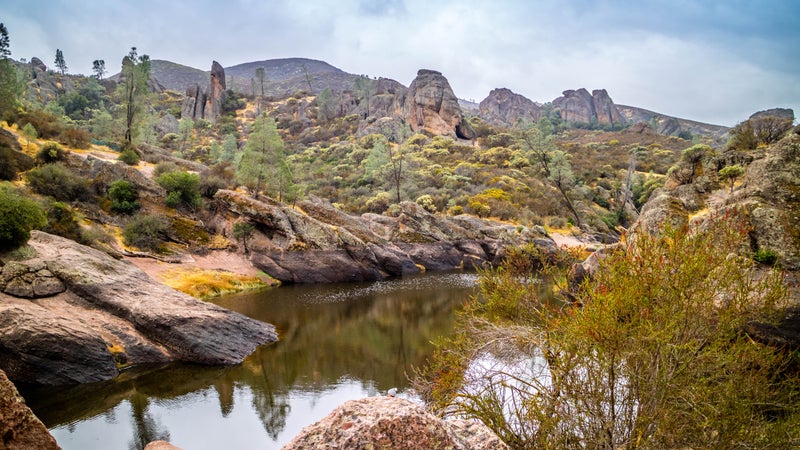
became a national park in 2013, making it one of the country’s newest. It doesn’t get nearly the same traffic as California’s more popular parks, like Yosemite or Joshua Tree. Spring is prime time for wildflowers, and this is the month to spot expanses of poppies and lupines. Hike the four-mile Juniper Canyon Loop for a good vantage point.
May
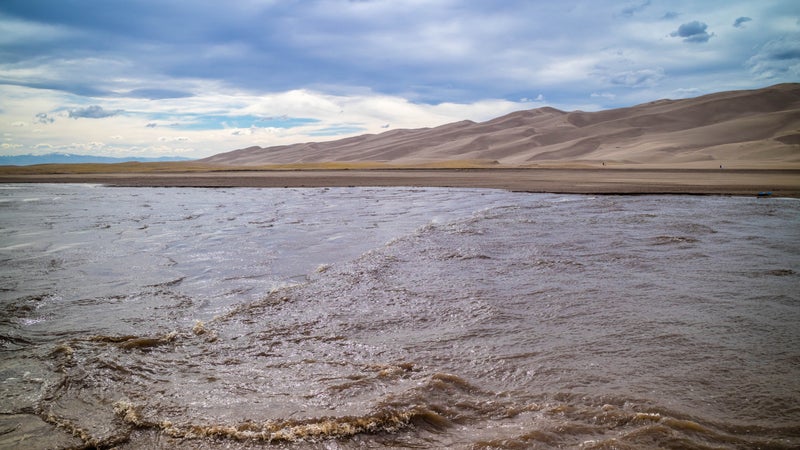
You cannot beat the joy of sledding or sand-surfing down the tallest dunes in North America at Colorado’s . It’s a sight to see any month of the year, for sure, but spring brings milder temperatures. (Make sure you or sandboard before entering the park.) In addition, kids love floating on tubes down the surging , and peak flow occurs in May.
´łłÜ˛Ô±đĚý
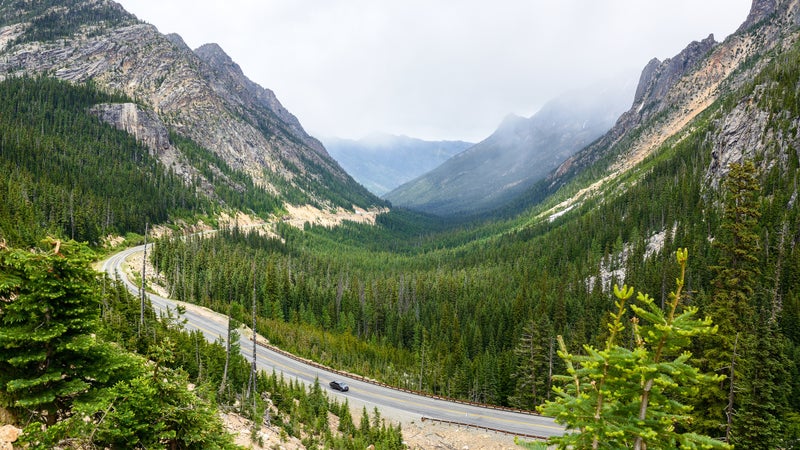
Washington’s State Route 20, better known as the North Cascades Highway, is closed all winter due to heavy snowfall and reopens in the late spring, usually by May (check before you go). It’s ideal for anyone seeking a stunning scenic road trip that passes through ´Ç°ůĚý willing to climb some 7,000 feet and cover more than 70 miles.
´łłÜ±ô˛âĚý
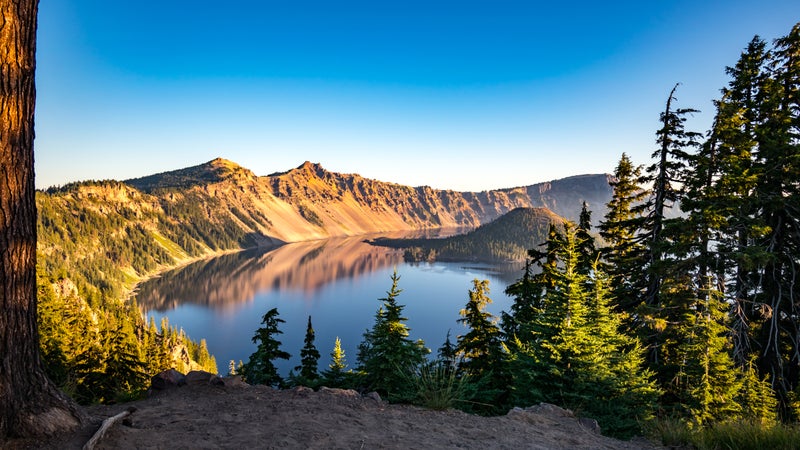
The height of summer can mean hordes of visitors at nearly every national park. And yes, there will be a line of cars entering Oregon’s in July, but here’s why you should show up then, too: the 33-mile Rim Drive, which circles the crater, is finally open after a snowy winter. Ride the full loop on a road bike early in the morning, or climb aboard the park-operated trolley for a tour.
´ˇłÜ˛µłÜ˛őłŮĚý
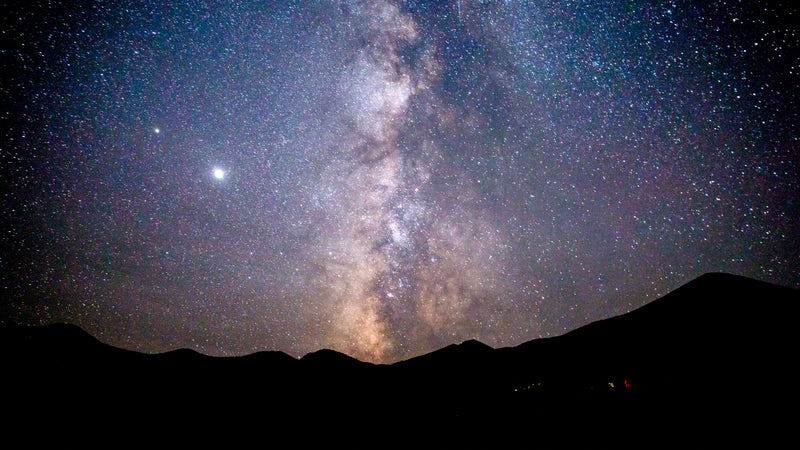
The Perseid meteor shower will be at its most active on the night of August 11, 2021, when just a sliver of a moon is out. The best place to see it? Somewhere like Nevada’s uncrowded , a designated International Dark Sky Park and host to its own annual astronomy festival each September. Great Basin offers both guided astronomy programs and night hikes, as well as plenty of overlooks to stargaze on your own.
ł§±đ±čłŮ±đłľ˛ú±đ°ůĚý
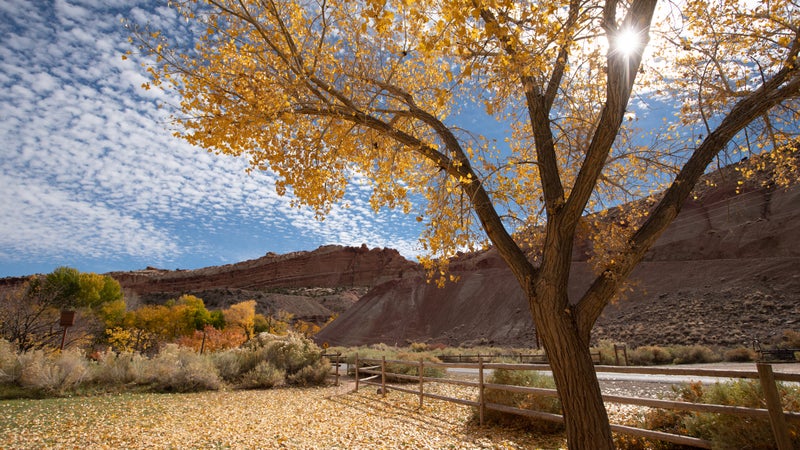
A little-known fact: there are thousands of thriving fruit trees on the outskirts of Utah’s . Planted in the late 1800s by early settlers from the nearby town of Fruita, the still produce plentiful crops, ranging from apricots to peaches. Come in September to pick your own apples from designated orchards with self-service pay stations.
°żł¦łŮ´Ç˛ú±đ°ůĚý
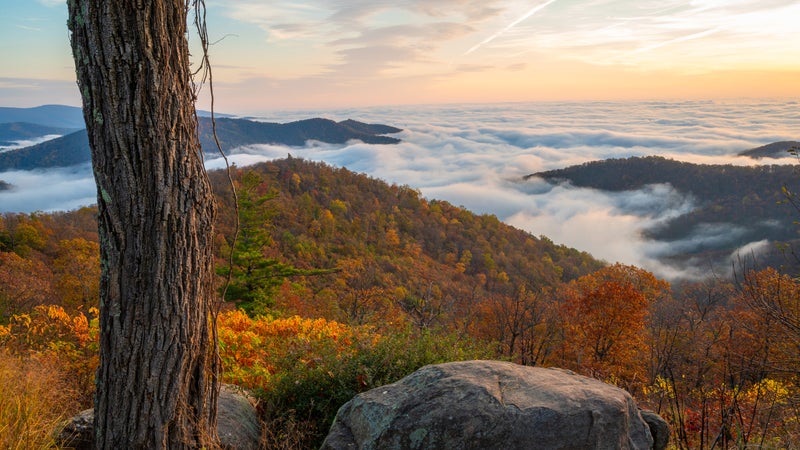
Fall is a busy time of year at Virginia’s  for good reason: the foliage is top-notch. Head there in early October—and show up midweek to avoid the herds of leaf peepers—and you’ll be treated to densely packed orange and yellow maples. There’s even a two-day , usually held in mid-October, that organizes group road rides throughout the Shenandoah Valley.
November
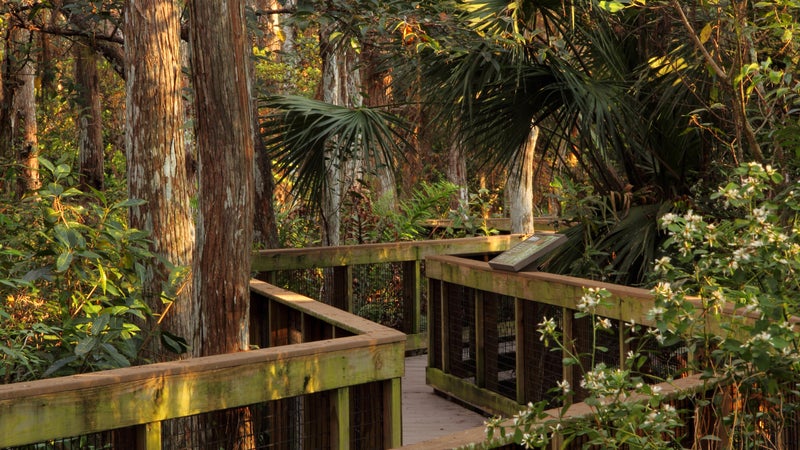
Thousands of monarch butterflies migrate from North America to central Mexico each fall, usually flying over Florida around late October or early November. South Florida’s is as good a spot to see the butterflies as any. Hike the five-mile round-trip Fire Prairie Trail off the park’s Turner River Road in search of them.
December
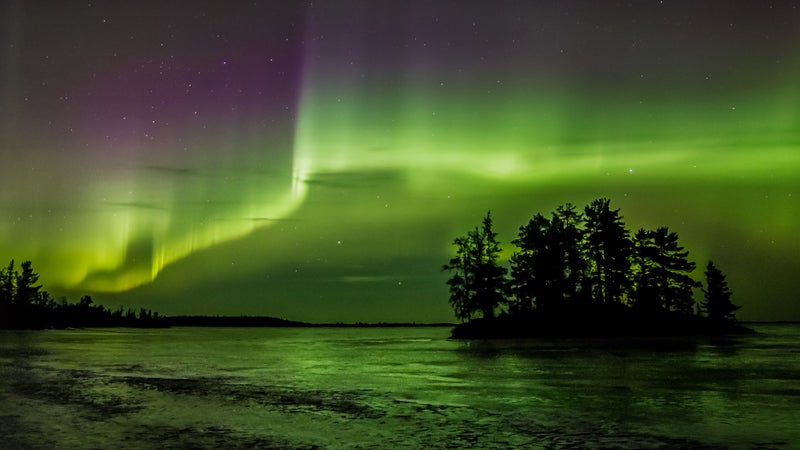
In the winter, you can drive on ice-covered lakes throughout in Minnesota. Or bring your skates and slide across the ice at the rink on Lake Kabetogama. (Be sure to check before you go.) If you’re lucky, you may even catch the in the night sky this time of year.


